The advantages of the level capacity strategy include 1 The utilization of operational resources throughout the year 2 Efficient level of production can be maintained 3 Decreases the marginal cost The disadvantages of the level capacity strategy include 1 If there is any change in the demand of the customer there is a risk ofLEVEL STRATEGY A level strategy seeks to produce an aggregate plan that maintains a steady production rate and/or a steady employment level In the context of the problem posted by you following the level strategy means incurring additional subcontracting costs at least twice This is to offset the shortfall in production because of the levelA firm should tend toward a levelcapacity strategy, particularly in its personnel policies, when employees are required to have high skill levels and to work with minimal supervision and must exercise personal discretion in dealing with customers Such jobs typically have high recruitment and training costs, so low turnover is essential These

Strategy Under Uncertainty
In order to use the level capacity strategy
In order to use the level capacity strategy- An IT strategy plan is a guiding document for a company's IT organization It defines the overall goals, the strategies that support those goals, and the tactics that are needed to execute those strategies Each section of the IT strategy plan focuses on one strategy and describes specific activities needed to implement that strategyWhen dealing with more than one product, it is best to measure capacity in terms of each product For example, the capacity of a firm is to either produce 100 microwaves or 75 refrigerators This is less confusing than just saying the capacity is 100 or 75 Another method of measuring capacity is by referring to the availability of inputs



Is Muni Cz El Econ Jaro09 Phom Um Chapter 11short Pdf
Inputs Period 1 2 3 4 5 6 Forecasted demand (Number of parttime workers 6 12 18 15 13 14 Example 1 Level strategy Each period is hours • From the beginningEffective capacity is the optimum production level under predefined job and workschedules, normal machine breakdown, maintenance, etc Medium Term Capacity The strategic capacity planning undertaken by organization for 2 to 3 years of a time frame is referred to as medium term capacity planning Short Term Capacity The strategic planningStrategic capacity planning Sales and operations Planning (S&OP) Sales plan Aggregate operations –Examples •labor hours of production •total number of units (in aggregate) –# of cars to make •Level strategy (constant work force, use inventory as buffer) •Chase strategy
23 Strategic Objective 3 – Technical Capacity 9 24 Strategic Objective 4 – Coordination and Programme Management 12 25 Strategic Objective 5 – Institutionalisation of CD 14 30 Strategy Implementation 15 40 Financing the CD Strategy 18 50 Monitoring the CD Strategy 19 Level Production Strategy We are going to find the requirements for the entire period of the plan and also produce the average amount that is needed per month in order to meet the plan First we are going to determine the total average requirements per month Avg requirements = total number of requirements – opening inv closing invFunctional level strategies will be specific and will apply to a variety of functional areas (departments) For example, building on the diversification example, the functional level strategies that support that business level strategy might be R&D Redesign product;
This revision video provides an overview of the concept of capacity, capacity utilisation and some of the issues facing businesses operating at low or high uCapacity is usually measured in convenient units such as litres per hour or passengers per taxi For instance, a domestic tap may be able to deliver litres per minute of water;An example of level capacity management could be the first step of the production of salt by evaporation (in Italy there is one industry like this in Salina) In hot countries, salt is produced by allowing the sun to evaporate sea water in shallow pools or 'pans';
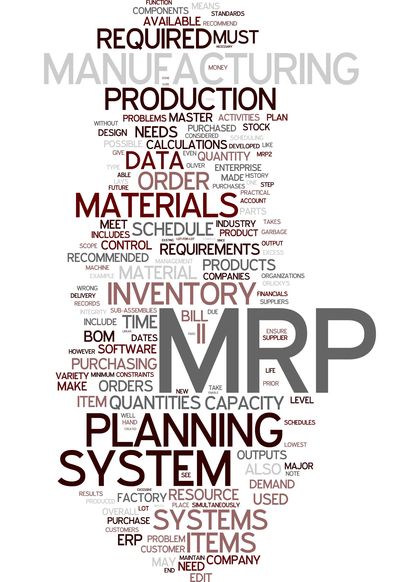



Capacity Planning Organization System Examples Definition System Long Term Capacity Planning




Entries For Thursday 25 October 07 Sergio S Blog
The level capacity strategy, the focus is on the process where product output remains at a somewhat fixed level and increases/decreases in demand are satisfied through strategic decisions of utilizing inventory (maintain buffer stock), outsourcing and backorders In comparison to level capacity strategy is adjusting capacity to follow For example, a software service that offers an SLA to customers plans the capacity required to meet service levels based on sales forecasts Component Capacity Management Low level capacity management such as planning the software licenses and disk space required for a single applicationThe steps are in order Evaporation, Wash, Centrifugation, Grinding, Drying, Sack, Packaging, Shipping




A Country Level Analysis Measuring The Impact Of Government Actions Country Preparedness And Socioeconomic Factors On Covid 19 Mortality And Related Health Outcomes Eclinicalmedicine




Coronavirus S Impact On Supply Chain Mckinsey
Explain about the level capacity strategy Level capacity strategy The organisation produces or manufactures at a constant rate of output avoiding any changes or fluctuations within customer demand levels This frequently implies stockpiling or higher holdings of inventory while customer demand levels reduce Capacity Planning It's pprove/cancel projectsLevel Capacity Plan The inventory size is varied keeping the workforce size and utilization of work constant The number of workers ( working size) is kept constant throughout the time period under consideration During months of low demand the excess units required over the units produced are taken from the inventory




Everything About Capacity Planning Strategies Its Benefits




A Complete Strategy Map Template Including Examples Clearpoint Strategy
Lag strategy is a conservative method of capacity planning that ensures your costs are as low as possible The potential downside to this strategy is that it can create a lag in the delivery of products or services to customers, which is where the name comes from One of the strategic choices that a firm must make as part of its manufacturing strategy There are three commonly recognized capacity strategies lead, lag, and tracking A lead capacity strategy adds capacity in anticipation of increasing demand A lag strategy does not add capacity until the firm is operating at or beyond full capacityThe idea here is that a level schedule is used during consistent periods and the chase strategy is used during months with fluctuating demand This can be helpful in seasonal business For example, a company that made Halloween chocolates, may maintain a level schedule for 9 months of the year and then use a chase strategy during the weeks
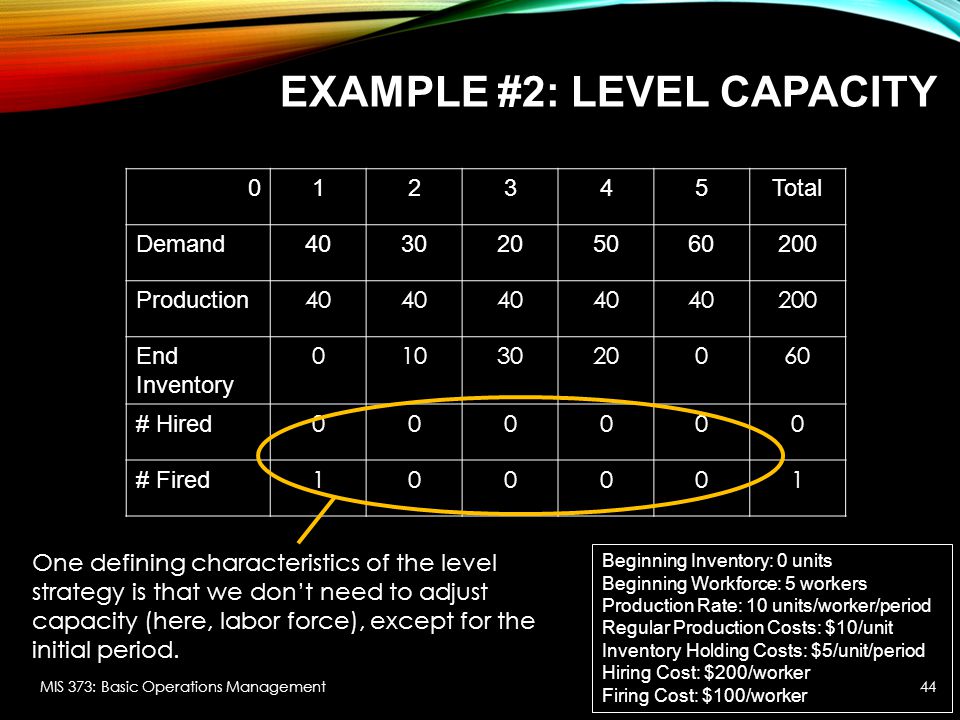



Aggregate Planning Chapter 11 Mis 373 Basic Operations Management Ppt Download
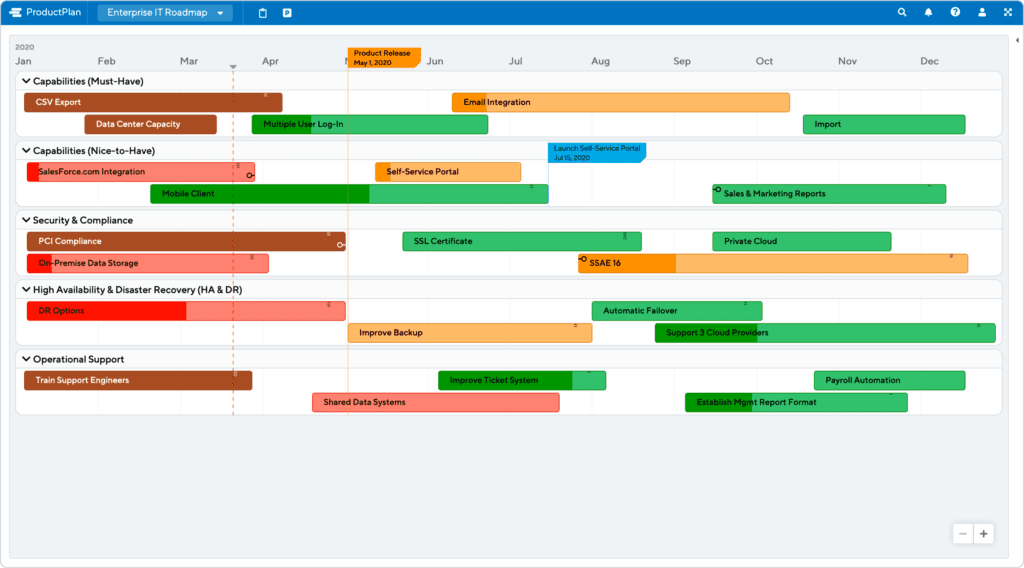



3 Example Technology Roadmaps Productplan
At the individual level, capacitybuilding involves establishing the conditions under which public servants are able to embark on a continuous process of learning and adapting to change — building on existing knowledge and skills and Capacity planning is defined as a method to gauge the production capacity needed to meet the changing product demands of an organization Two terms of design capacity and effective capacity are used extensively in the context of capacity planning The first is the maximum work that is completed in a specific period by an organization, and the latter is theMarketing Implement new advertising plan




3 Types Of Capacity Planning Strategies Valq
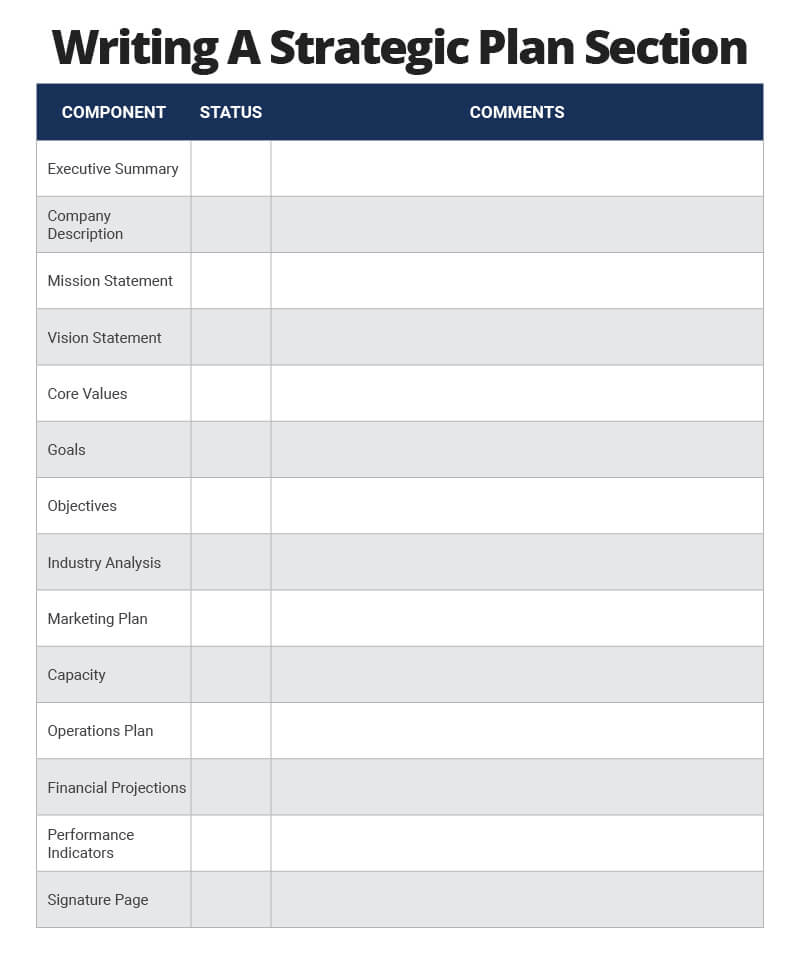



Quick Guide How To Write A Strategic Plan Smartsheet
Strategies to Meet Uneven Demand Example Level capacity strategy Chase demand strategy 1) Level capacity strategy The organization manufactures or produces at a constant rate of output ignoring any changes or (rise/fall) in customer demand levels Advantages Utilization of operational resources at all times Efficient production levels can be held at a constant rateA bus may have a capacity of 53 passengers, a football stadium may be able to seat 50,000 spectators or a McDonalds may be able to serve 600 customers per hour Capacity planning strategy involves the process used to determine the resources manufacturers need to meet the demand for their products or services The level of capacity directly relates to the amount of output in the form of goods and services manufacturers can produce to satisfy customer demand Capacity planning strategies can guide




Scielo Brasil Analysis Of The Internal Strategic Alignment Of The Production Strategy Case Study In An Auto Parts Company Of The Municipality Of Sorocaba Sp Analysis Of The Internal Strategic Alignment




Chapter 2 Attracting New Talent Guidebook On Building Airport Workforce Capacity The National Academies Press
An approach to aggregate planning that attempts to match supply and output with fluctuating demand Depending on the product or service involved, the approach can incur costs by the ineffective use of capacity at periods of low demand, by the need to recruit or lay off staff, by learningcurve effects, and by a possible loss of quality The advantages include low storageIn other words, Manager A is tied to the "chase demand" strategy, and his counterpart, Manager B in the adjacent office, is locked into the "level capacity" strategy Capacity planning is a strategic process whereby a company determines what level of capacity it will need to satisfy the level of demand for




Capacity Planning Types Lead Lag Average Strategies Video Lesson Transcript Study Com



Is Muni Cz El Econ Jaro09 Phom Um Chapter 11short Pdf
The chase strategy has the highest peak capacity requirement This means that facilities, both production and warehousing, will need to be larger than the other two strategies would require In addition, those facilities will not be 100% fully utilized, except for those rare occasions when you are at peak capacity Capacity management is (or at least should be) a core strategic process of your IT service management (ITSM) practice – as understanding the capacity of each IT service, and the factors affecting capacity of services, is a key element of building appropriate and impactful service level agreements (SLAs) And, in turn, this level of capacity should represent the Essay Sample What are some of the challenges associated with using the chase strategy and why?



9 Business Roadmap Examples For Scaling Your Organization
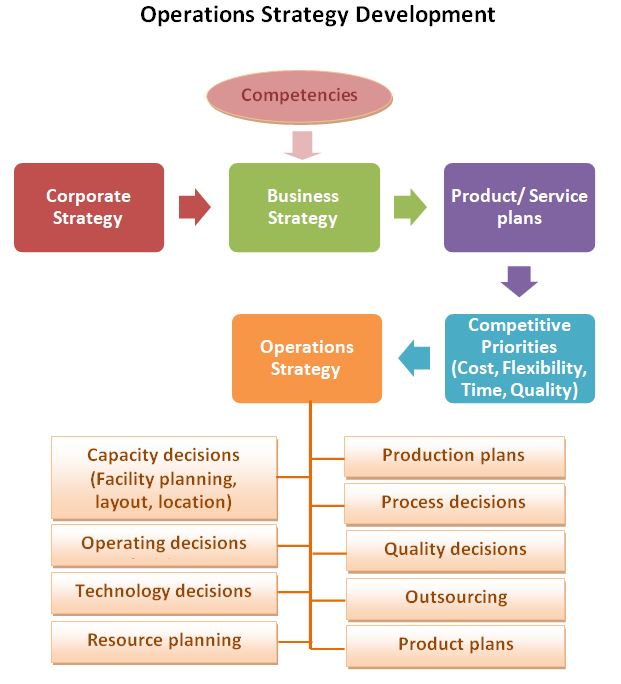



Operations Strategy With Examples Studiousguy
See the answer Subway shops are an example of A level capacity plan A pull strategy Vertical integration A fixedposition layout Low visibility The lead strategy tries to anticipate future required capacity and expands capacity to meet it The lag strategy only expands capacity when present capacity is fully used Both have a high risk of not providing required capacity The match strategy closely tracks capacity use and incrementally increases capacity as needed– Time flexibility from workforce or capacity strategy assumes labor pool can work variable hours (incl overtime), has lower inventory& utilization, – Level strategy – keep capacity & labor usage constant, either stockpile inventory or short orders as needed – Mixed strategy – a combination of one or more of the first three strategies



Http Aeconf Com Articles May17 Aef Pdf
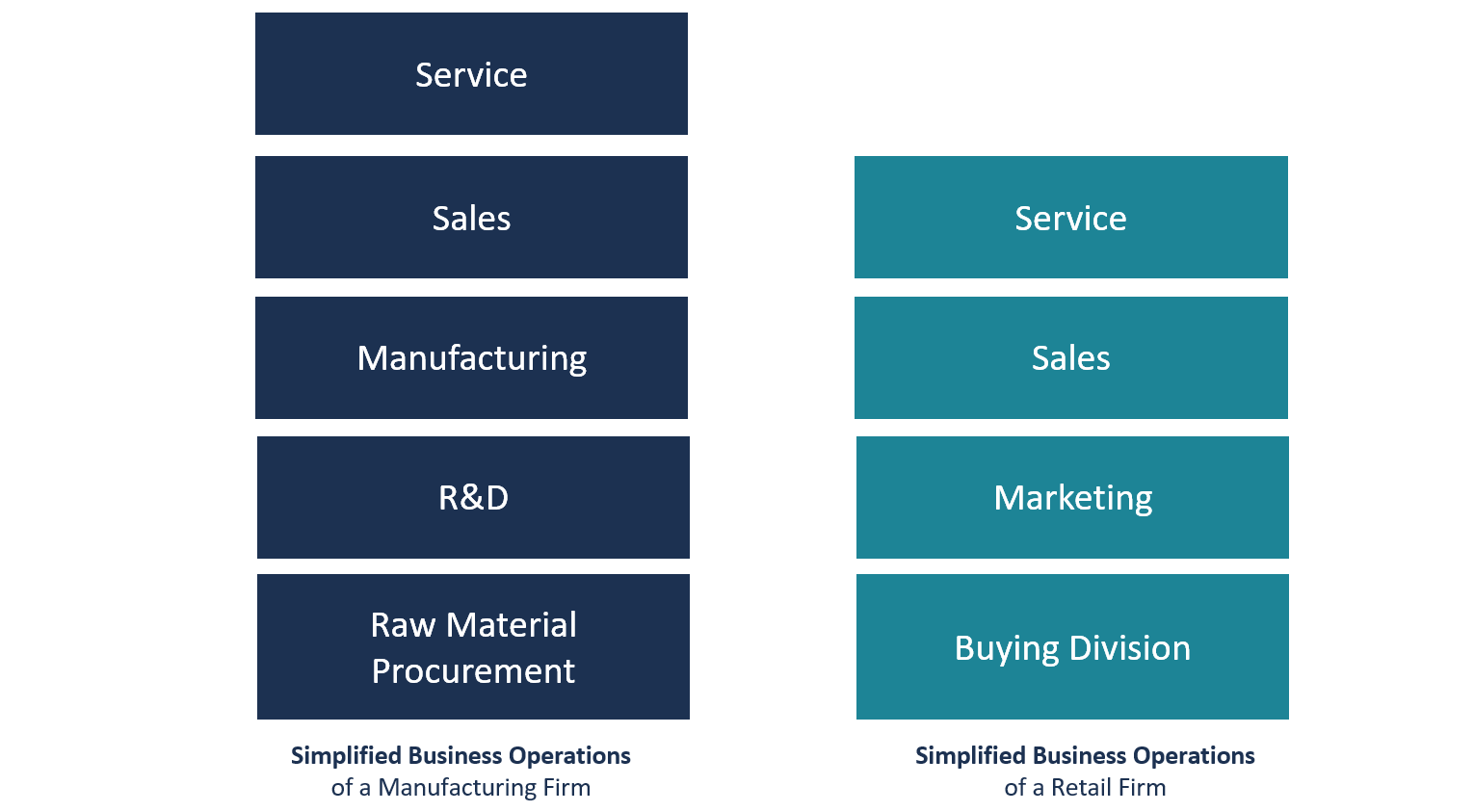



Business Operations Overview Examples How To Improve
Capacity Decisions are Strategic 1 Capacity decisions have a real impact on the ability of the organizationto meet future demands for products and services 2 Capacity decisions affect operating costs 3 Capacity is usually a major determinant of initial cost Typically, the greater the capacity of a productive unit, the greater its cost 4This problem has been solved!Capacity Option Changing inventory levels For example, the operations manager can vary workforce levels by hiring or laying off, or can vary production by means of overtime, idle time, part time employees, or subcontracting In other words, a level strategy is an aggregate plan in which production is uniform from period to period




Capacity Management It Process Wiki




Evaluating Capacity Development Better Evaluation
Capacity is often measured in hours available to be worked by employees And in this context, "planning" is the act of scheduling employee hours against a fixed or expected amount of work Example A company has 10 employees Each employee works 40 Chase demand strategy can be defined as a strategy where the changes are made to the output according to the demand Here, the changes are in terms of increasing or decreasing the output in line with the rising or falling demand It involves matching the demand by hiring or firing the workers or by controlling the level of production and usingThe chase strategy is one of three production strategies for aggregate Now Accepting Apple Pay Apple Pay is the easiest and most secure way to pay on StudyMoose in Safari 1 (855) 626 2755
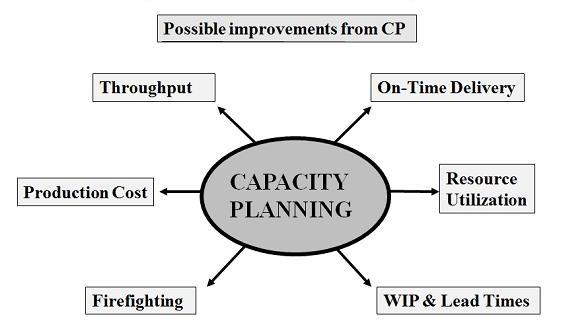



Concept Of Capacity Planning And It S Procedure Importance Management Study Hq
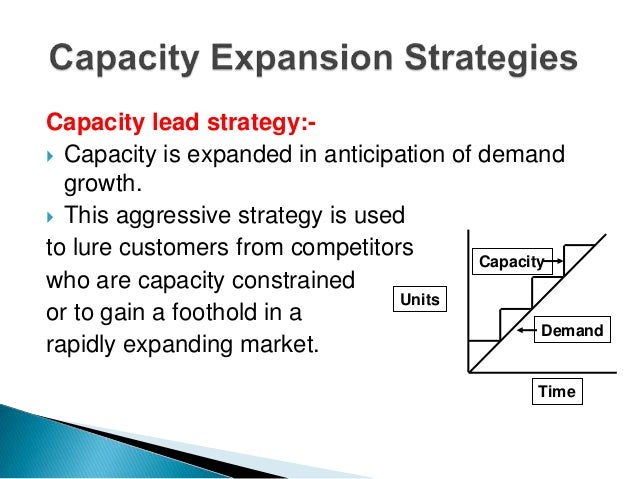



Capacity Management
CAPACITY BUILDING STRATEGY The purpose is to achieve a high level of ownership and motivation on the part of GRZ 2 Capacity Assessment/Identification of Gaps/Needs At the beginning of the program, the team conducted capacity assessments to ascertain (For example, the initial capacity building plan targeted nationallevel GRZ staff Under the chase strategy, production is varied as demand varies With the level strategy, production remains at a constant level in spite of demand variations In companies that produce to stock, this means that finished goods inventory levels will grow during low demand periods and decrease during high demand periodsProvides a high level strategic framework for capacity building within PEPFAR for use by technical working groups and country teams Encourages strategic use of USG resources to develop capacity in the context of overall national strategic plans for HIV and the broader, health sector both public and private



Master Production Schedule




Maintenance Capacity Planning Ppt Video Online Download




Capacity Planning Meaning Strategies Importance And Procedure
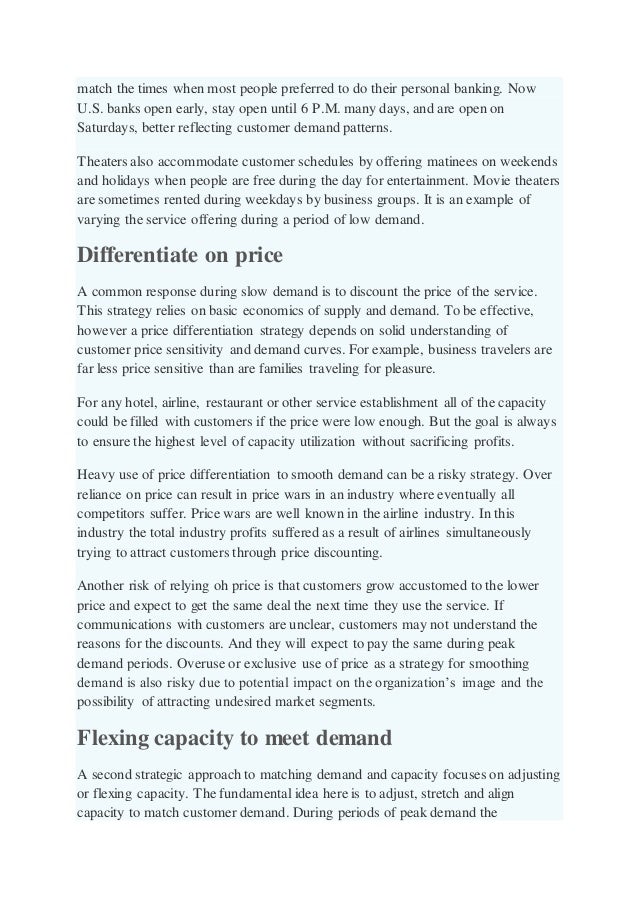



Strategies To Match Demand And Capacity
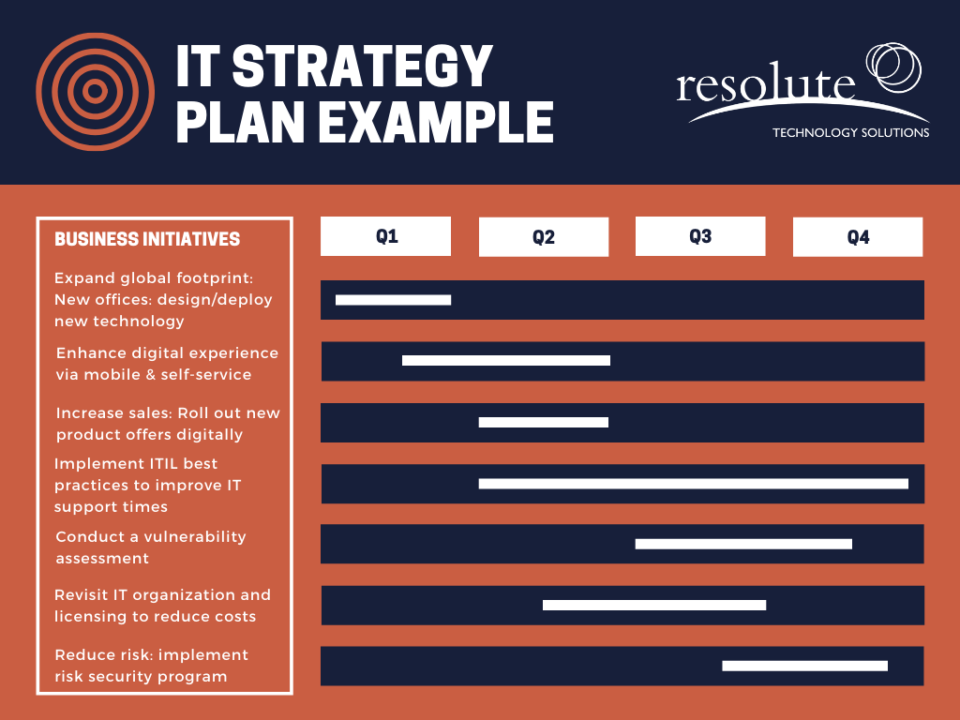



An Example Of A Well Developed It Strategy Plan
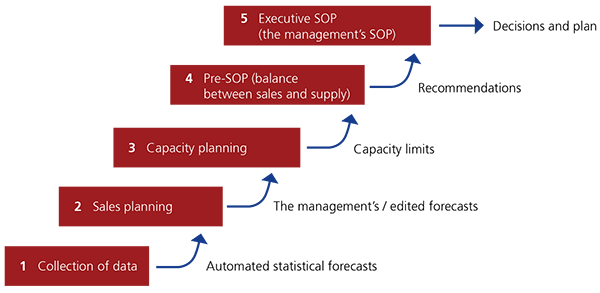



Sales And Operations Planning Relex Solutions
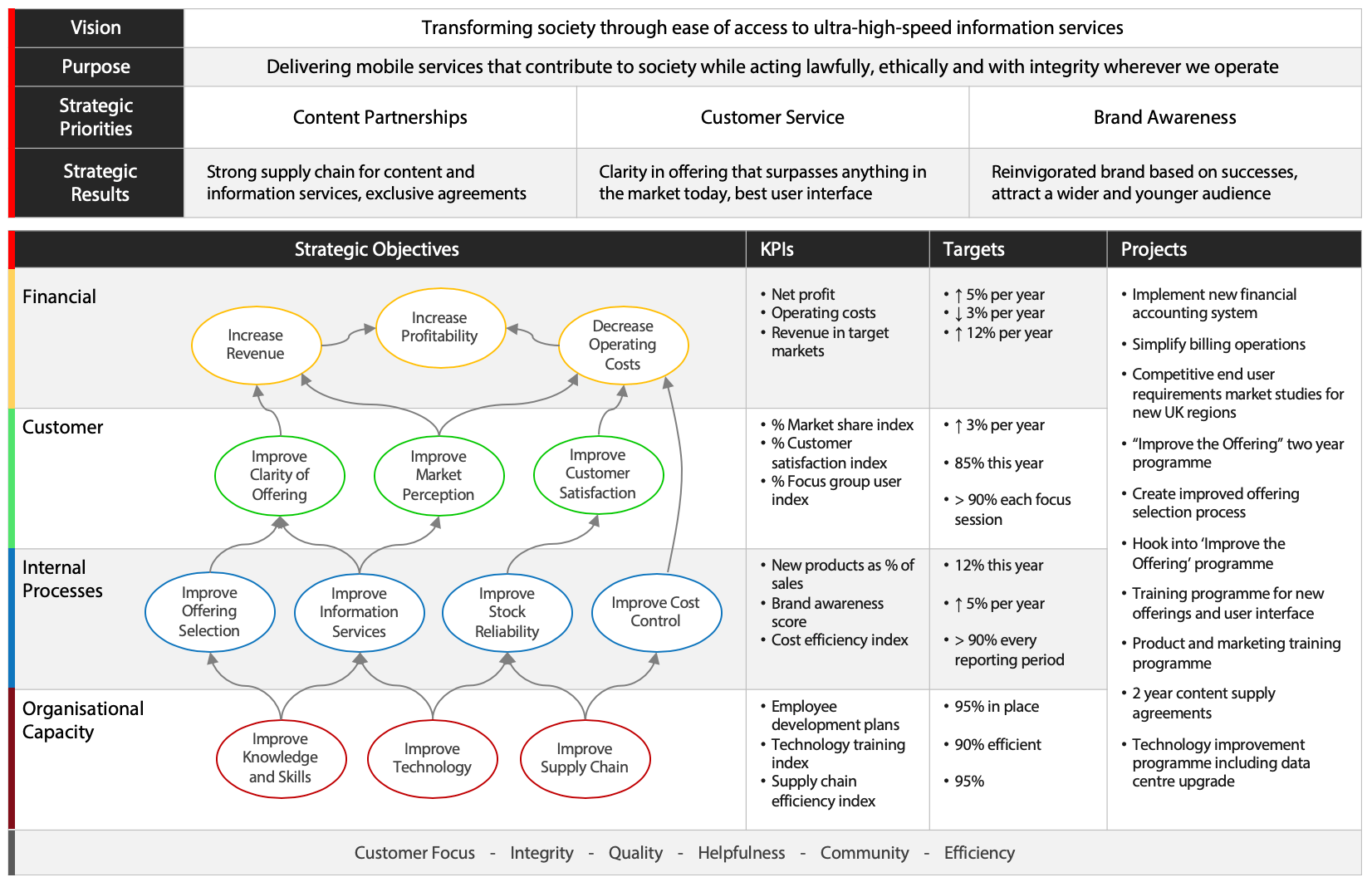



Balanced Scorecard What Is The Balanced Scorecard
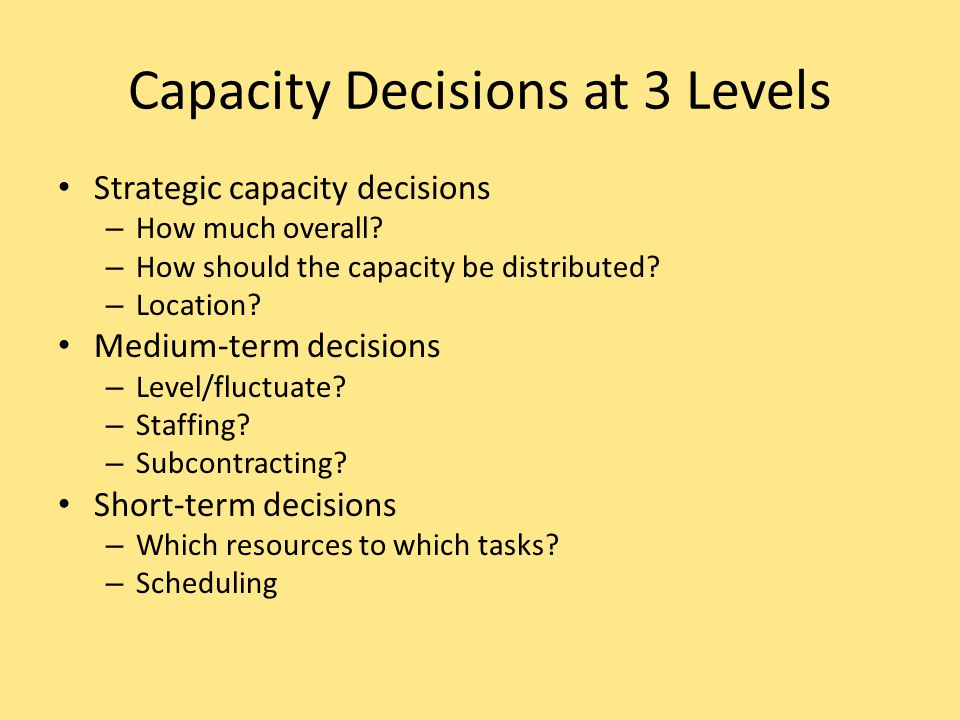



Operations Strategy Capacity Strategy Ppt Video Online Download
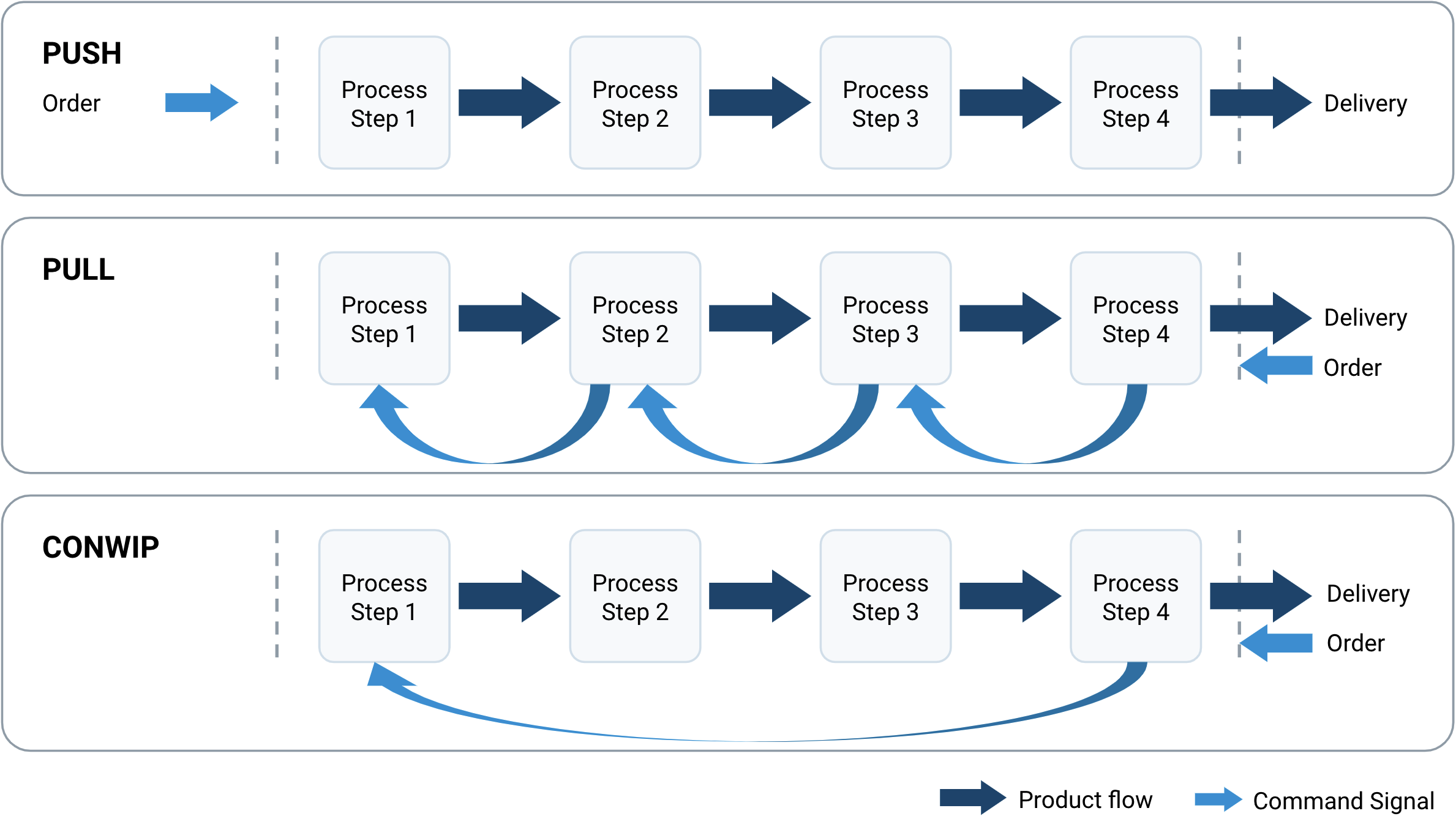



Push Pull Strategy Wikipedia




Coronavirus S Impact On Supply Chain Mckinsey
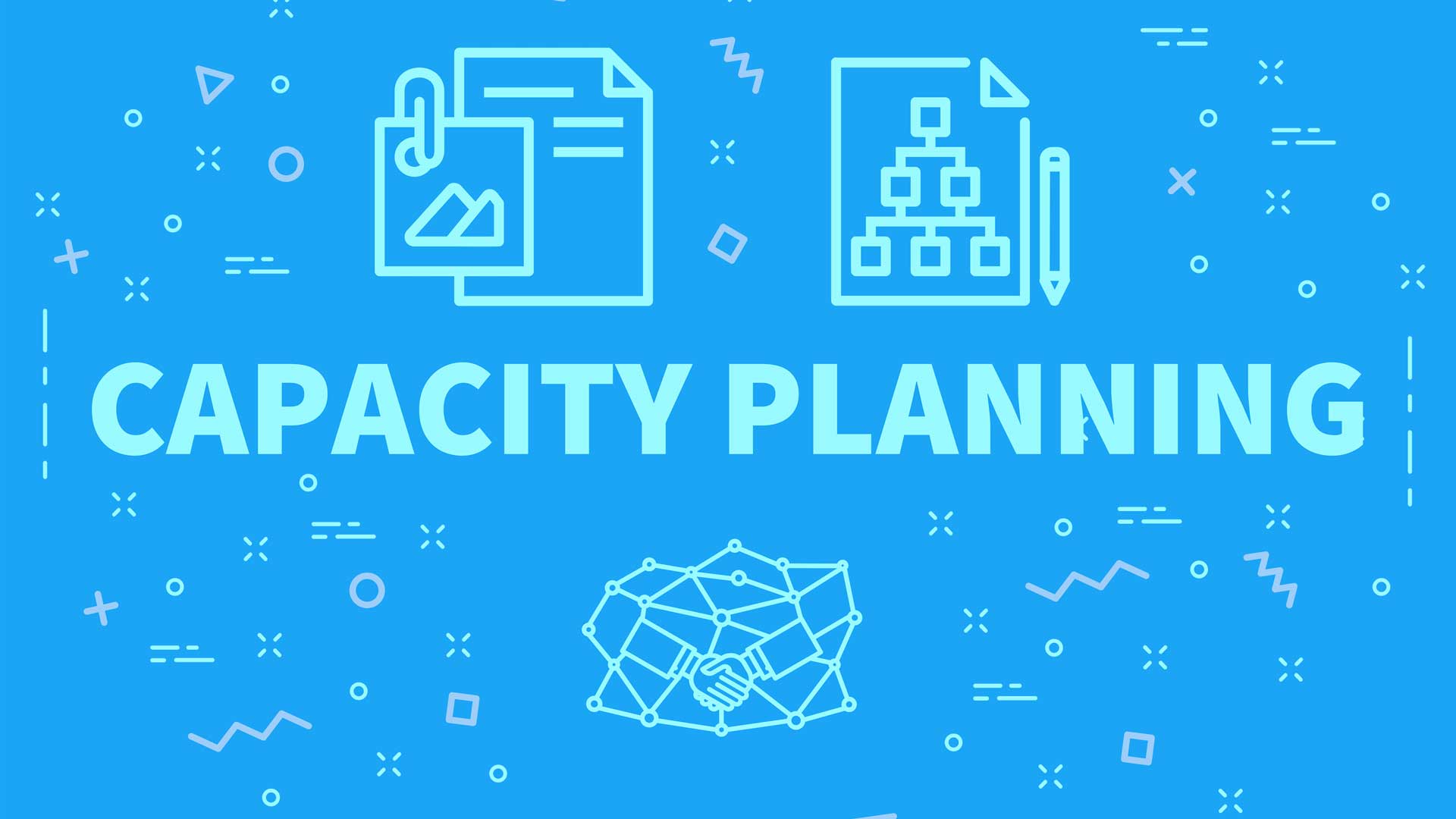



Capacity Planning What Is It And How Do I Implement It Projectmanager Com




Strategy Under Uncertainty



Hr Un Org Sites Hr Un Org Files 4 5 1 6 Strategic planning guide 0 Pdf



9 Business Roadmap Examples For Scaling Your Organization



The European Green Deal Investment Plan And Jtm Explained



1




Capacity Planning In Project Management 4 Vital Success Factors Update 21




A Complete Guide To Product Roadmaps With Examples Aha




An Example Of A Well Developed It Strategy Plan




3 Types Of Capacity Planning Strategies Valq




Simulated Capacity 10 Level Vs Snr For Example 1 Picocell Download Scientific Diagram
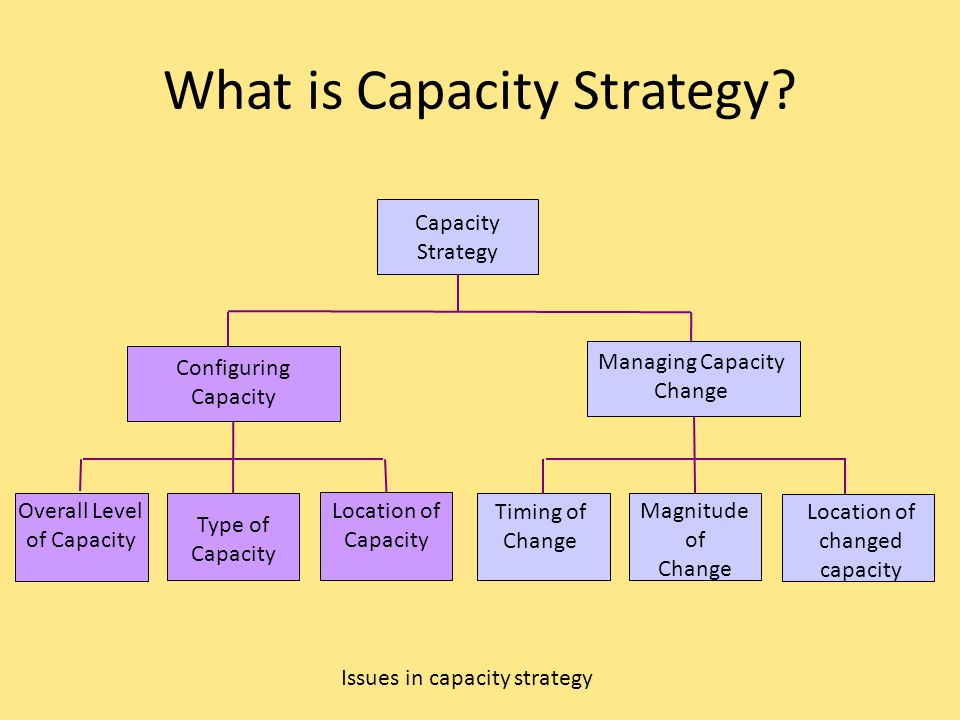



Operations Strategy Capacity Strategy Ppt Video Online Download



3
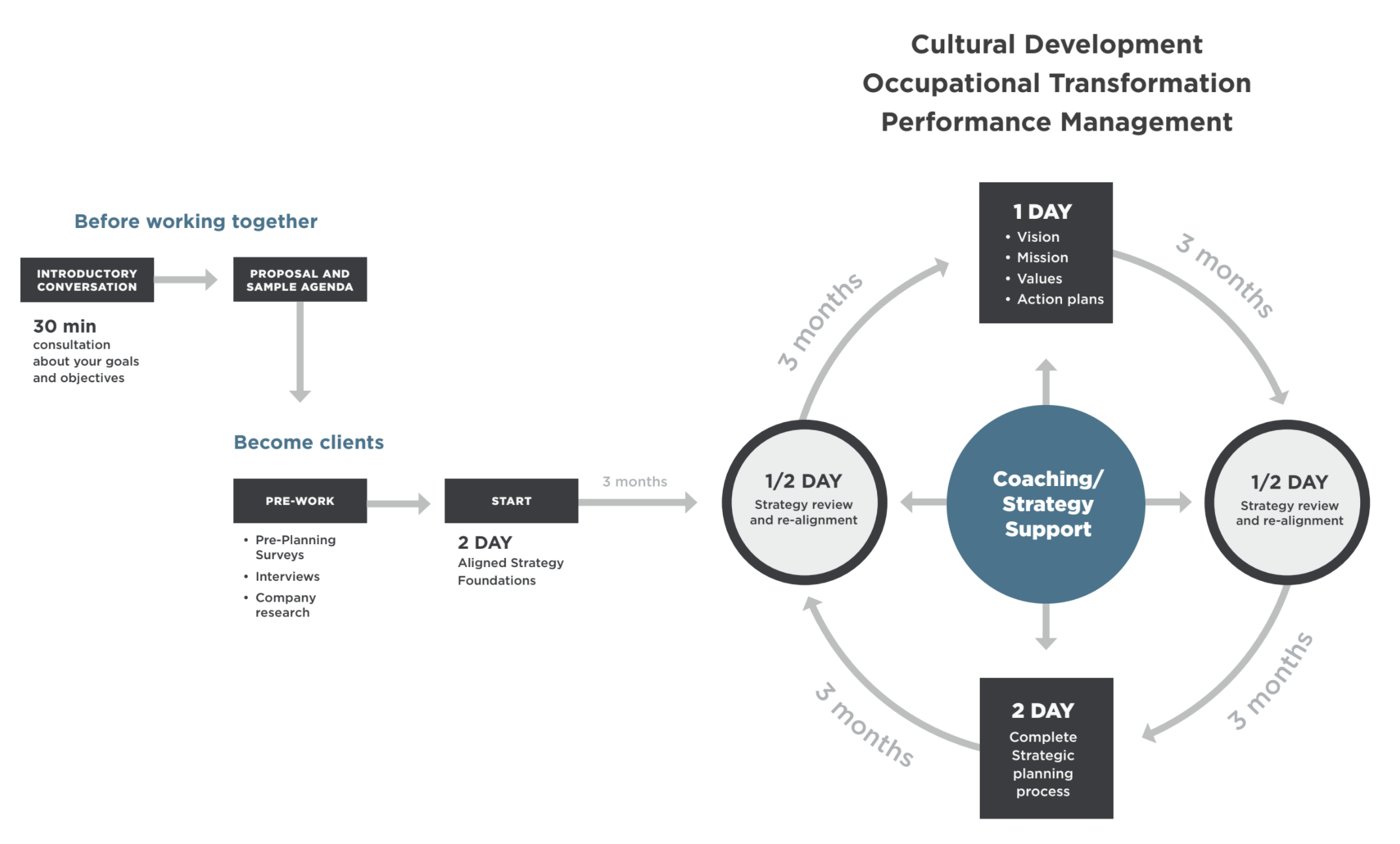



Strategic Goal Examples For Use In Your Strategic Plan And Balanced Scorecard
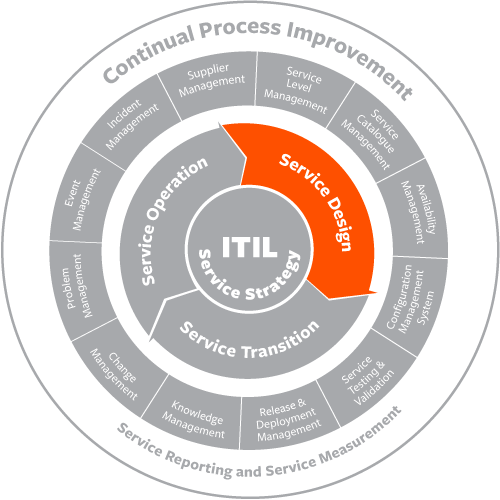



Itil Capacity Management Bmc Software Blogs




Capacity Planning In Project Management 4 Vital Success Factors Update 21




3 Types Of Capacity Planning Strategies Valq
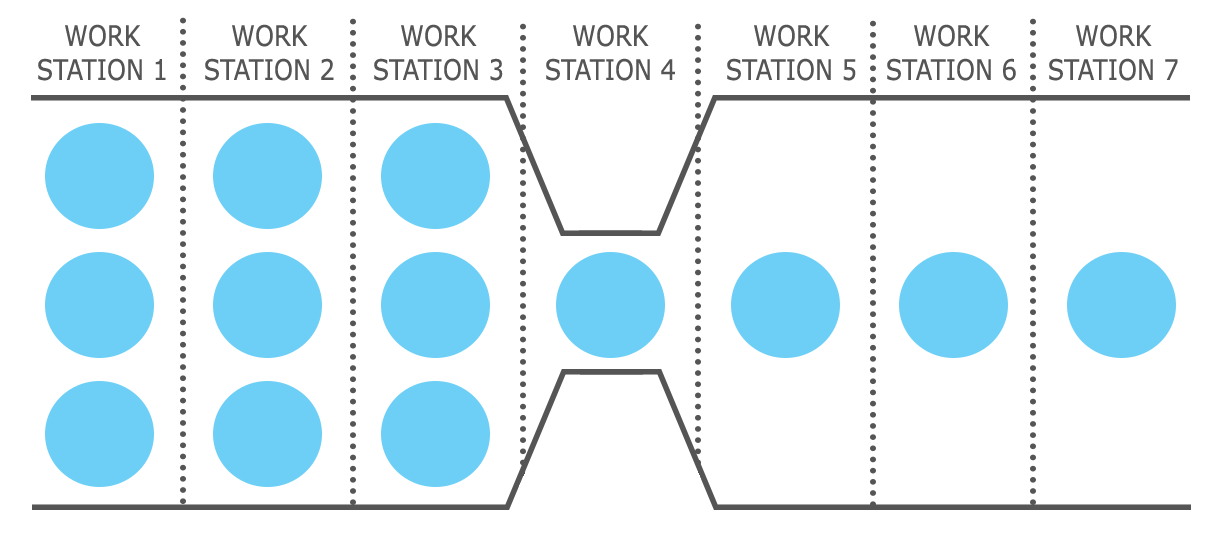



Strategic Capacity Planning Introduction To Operations Management




Capacity Planning Meaning Strategies Importance And Procedure
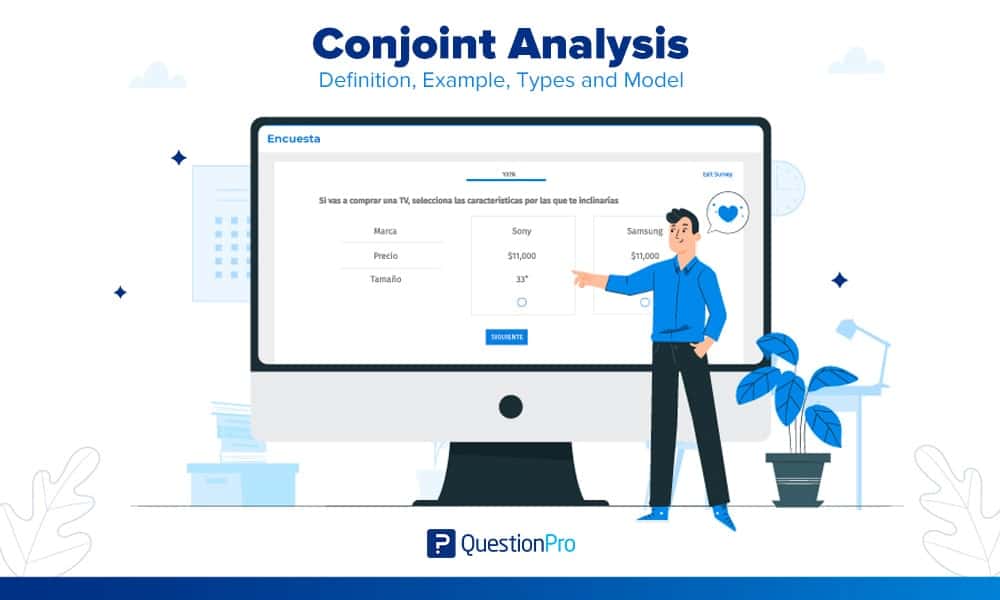



Conjoint Analysis Complete Guide To Conjoint Analysis Questionpro




Strategic Themes Scaled Agile Framework




Basic Strategies Level Capacity Strategy Chase Demand Strategy Ppt Download



Www Ebrd Com Documents Transport Strategy For Transport Pdf




Management Information Systems Chapter 2




4 Steps To Strategic Human Resource Planning Lucidchart



Master Production Schedule



Is Muni Cz El Econ Jaro09 Phom Um Chapter 11short Pdf
.PNG)



Process Landscape Aris Bpm Community




Everything About Capacity Planning Strategies Its Benefits




Strategic Capacity Planning Introduction To Operations Management




Capacity Planning Strategies Capacity Planning




Tor Wateraid




Capacity Planning Everything You Need To Know Clicktime




Capacity Planning In Project Management 4 Vital Success Factors Update 21




Strategy Under Uncertainty




What Is S Op Sales And Operations Planning Explained Anaplan




Ms Sample Test Paper 13 Strategic Management Logistics




Competitive Advantage Tutor2u




Roadmap Scaled Agile Framework




Quick Guide How To Write A Strategic Plan Smartsheet




Supply Chain Management Wikipedia
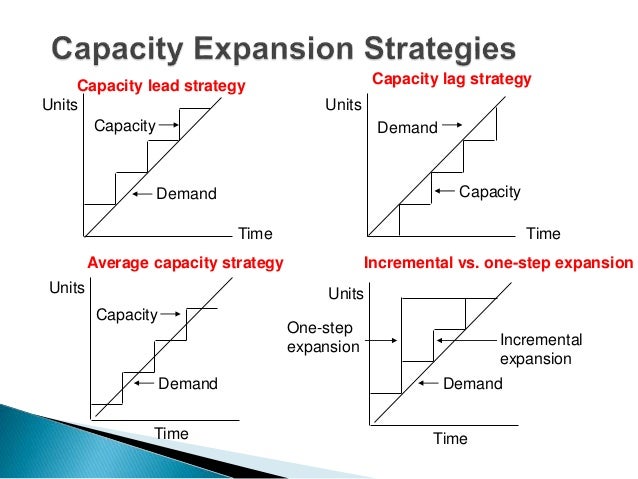



Capacity Management




Doc Capacity Planning Richa Verma Academia Edu
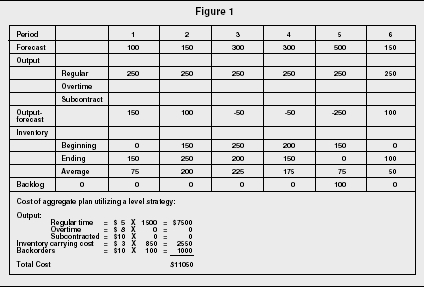



Aggregate Planning Strategy Organization Levels System Examples Model Type Company System




Capacity Planning Meaning Classification And Its Goals




Capacity Utilization Manufacturing Kpi Examples Sisense




Capacity Planning Everything You Need To Know Clicktime
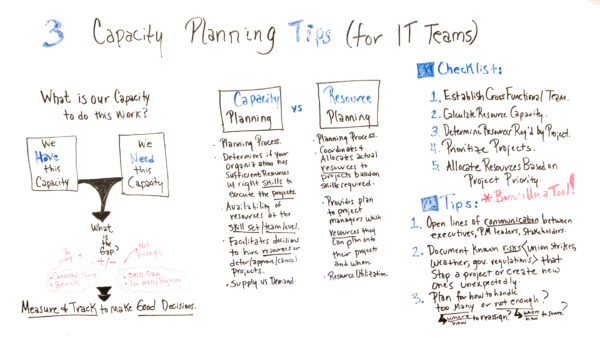



Capacity Planning What Is It And How Do I Implement It Projectmanager Com



Marketing Strategy How To Structure A Plan




Strategic Capacity Planning Capacity Utilization
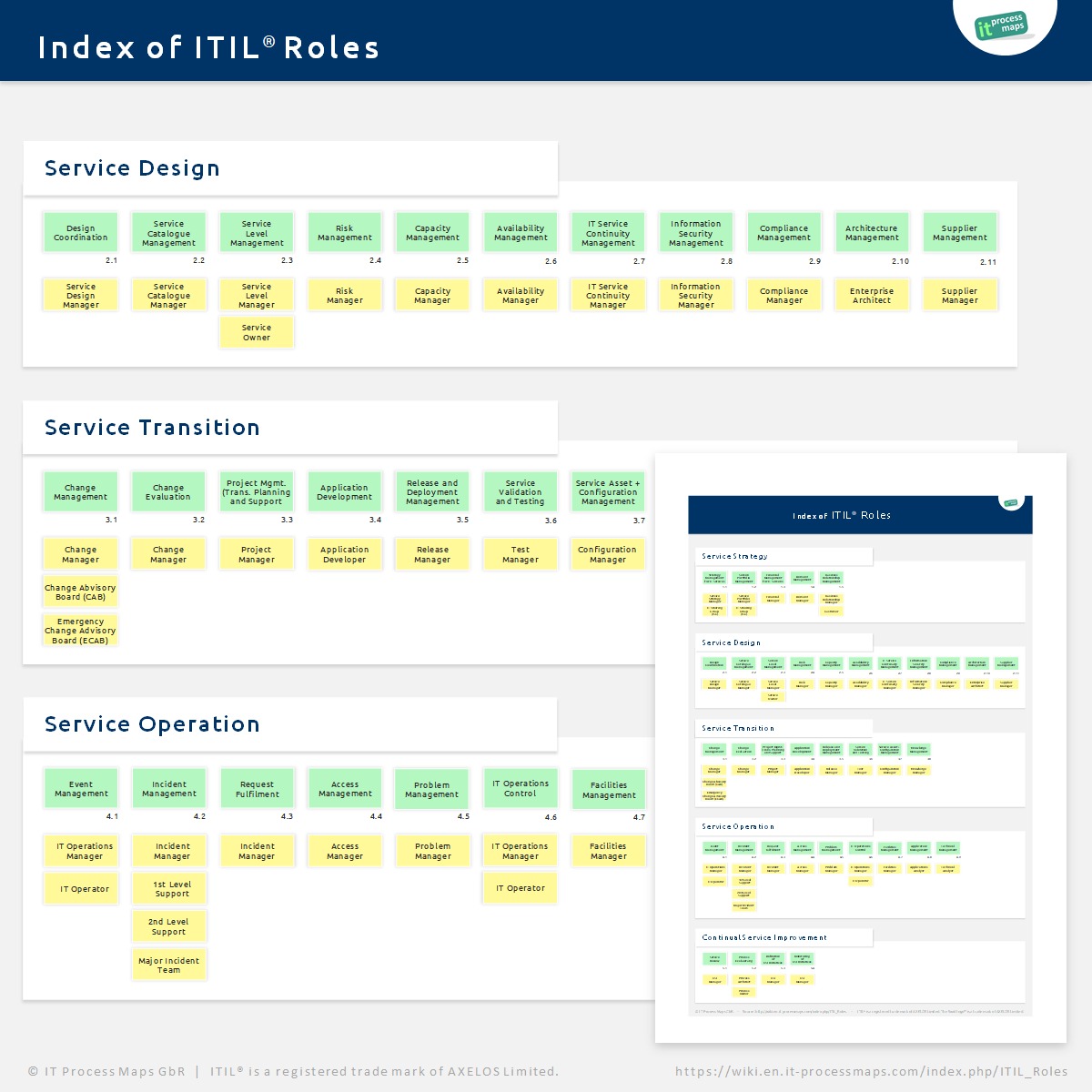



Itil Roles It Process Wiki




Capacity Planning In Project Management 4 Vital Success Factors Update 21




What Is Capacity Planning Examples Types Optimoroute
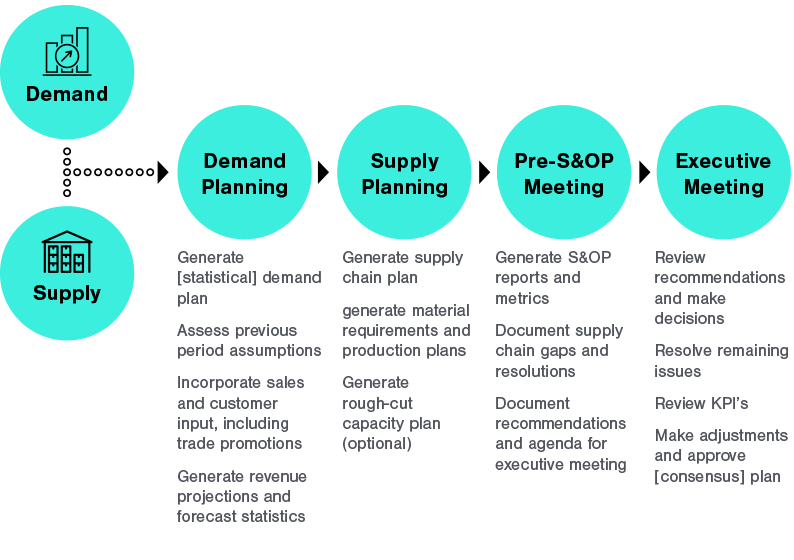



Implementing A Sales Operations Planning S Op Process Plex Demandcaster
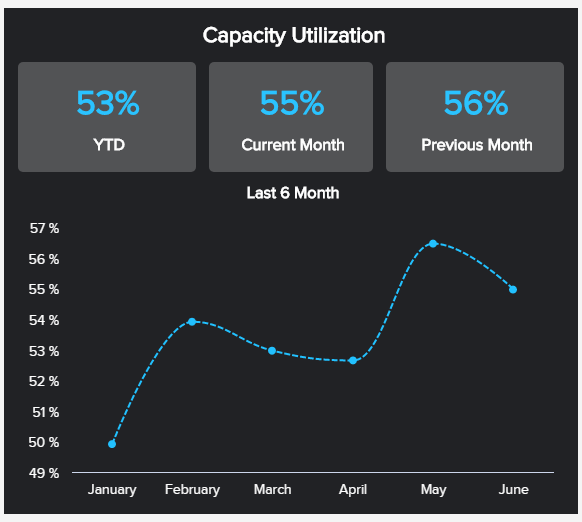



Manufacturing Kpis Metrics Explore The Best Kpi Examples
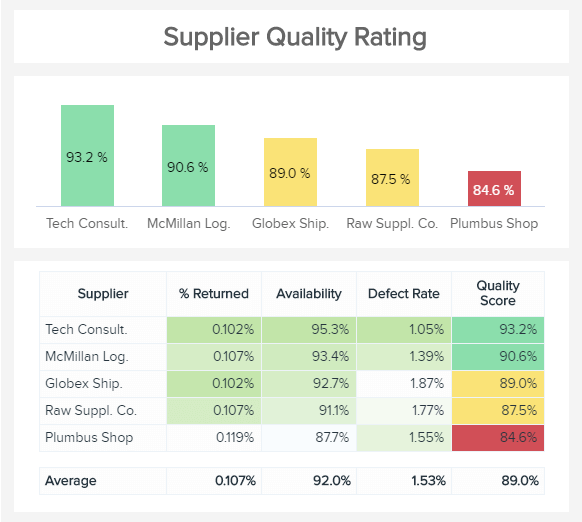



Procurement Kpis Metrics See Procurement Kpi Examples
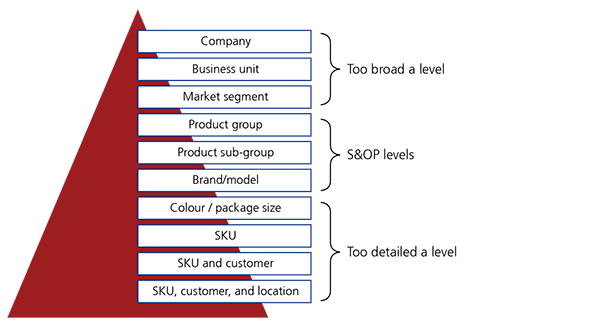



Sales And Operations Planning Relex Solutions
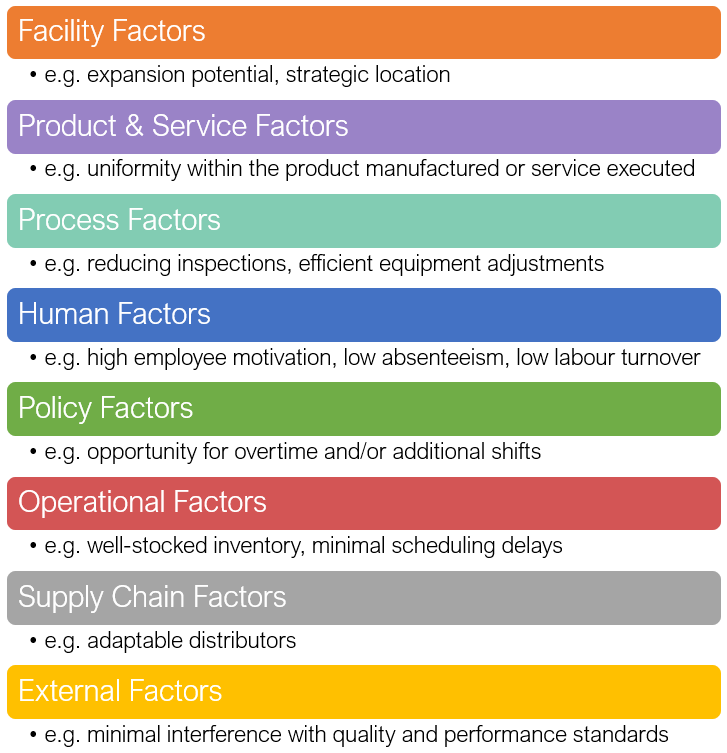



Strategic Capacity Planning Introduction To Operations Management
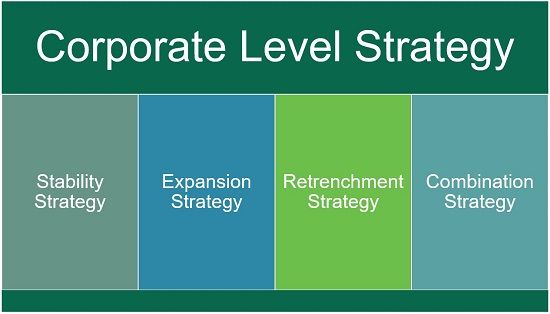



What Is Corporate Level Strategy Definition Salient Features And Classification Business Jargons




What Is Value Based Management Mckinsey




Aggregate Planning Strategy Organization Levels System Examples Model Type Company System




5 Ways To Improve Your Capacity Management Sysaid




Distribution Strategy Cutting Edge Distribution Strategies 21




Roadmap Scaled Agile Framework




Policy Implementation Polaris Policy And Strategy Cdc




How To Create A Human Resource Strategy Aihr Digital



What Is Capacity Planning Examples Types Optimoroute




When Using A Level Capacity Strategy Or Level Chegg Com



1



1




What Is Capacity Planning Examples Types Optimoroute
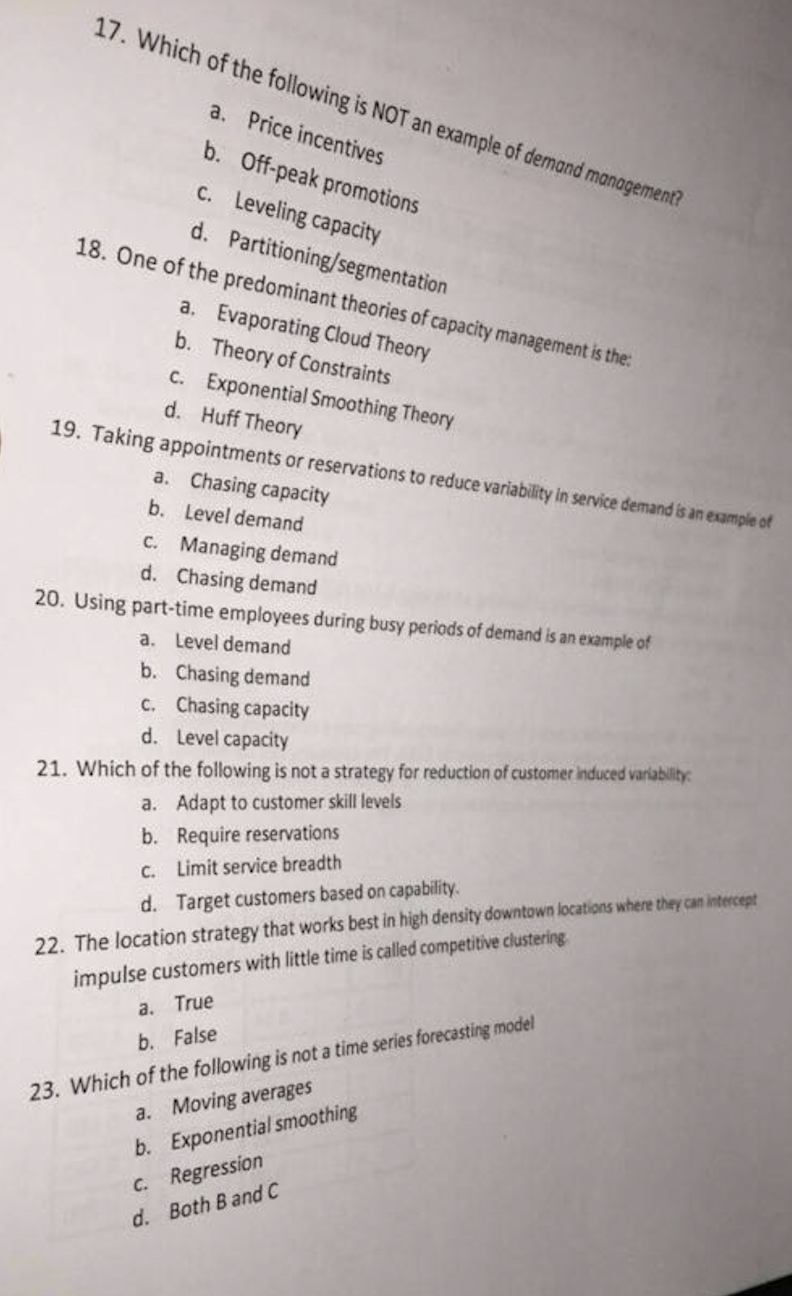



17 Which Of The Following Is Not An Example Of Chegg Com



0 件のコメント:
コメントを投稿